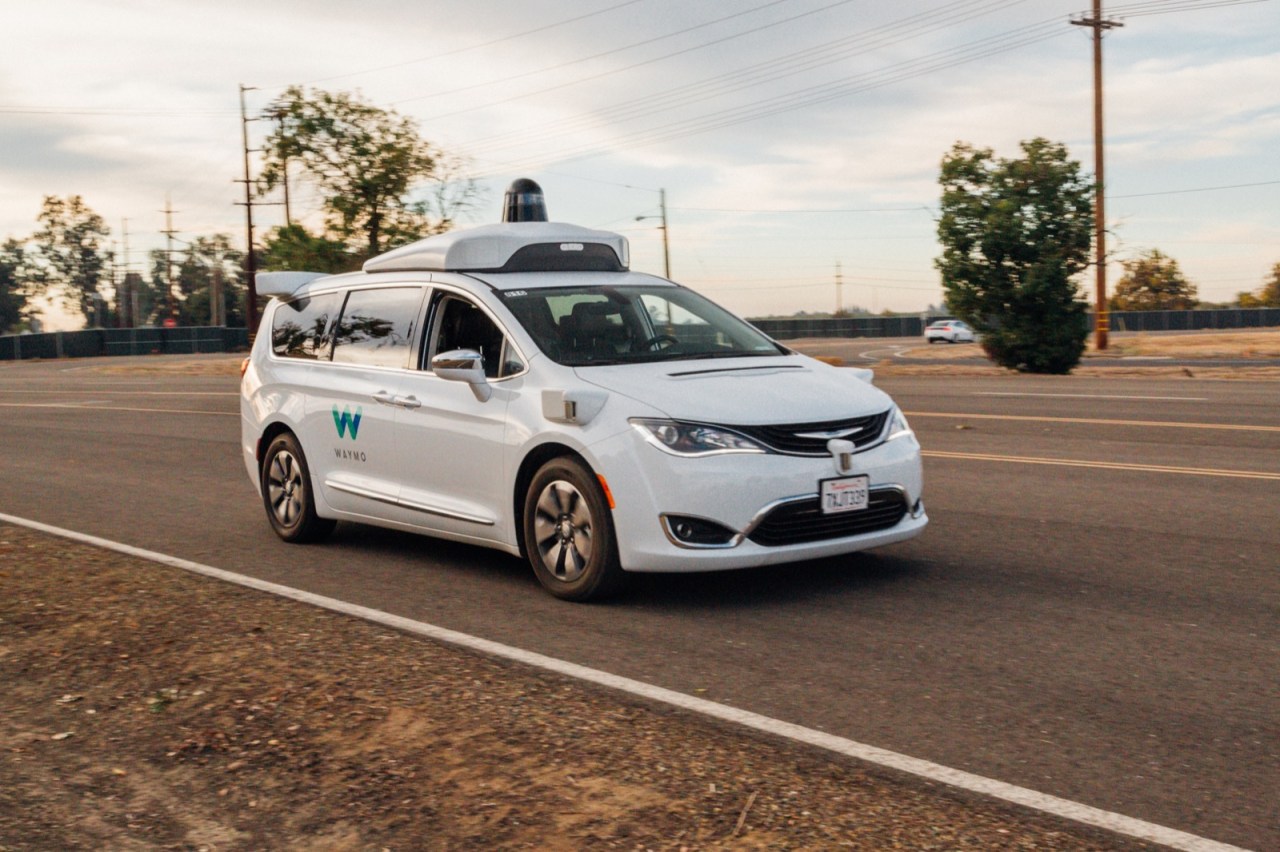As autonomous driving technology rapidly evolves, one company stands at the forefront of this revolution: Waymo. Recently, the company applied for a permit in California that would allow it to deploy autonomous vehicles — specifically its modified Chrysler minivans — without the safety net of human drivers. This groundbreaking step signifies not only Waymo’s confidence in its technology but also a pivotal moment for the entire industry. Let’s dive deeper into what this means for the future of transportation.
A New Era for Autonomous Vehicles
Beginning on April 2, California introduced a new permit type for companies wishing to operate autonomous vehicles without safety drivers. With Waymo being the second company to file for this permit, the question arises: what does this mean for the development and public perception of autonomous driving?
- Significance of the Permit: The introduction of this permit is monumental; it allows for the operation of vehicles without traditional manual controls, thereby promoting a new standard in traffic systems.
- Waymo’s Background: Having already demonstrated driverless technology in Phoenix with successful promotional campaigns, Waymo clearly shows readiness for this next stage of testing in California.
- Data Rich Environment: Arizona’s flat terrain offered one viewpoint, but Mountain View’s familiarity provides Waymo with an ideal testing ground — the company has been collecting and analyzing data in this region for years.
Learning from Past Incidents
It’s crucial to reflect on recent accidents involving autonomous technology. The unfortunate incidents involving an Uber vehicle and a Tesla brought to light the complexities and dangers of autonomous driving. Both cases ignited debates over safety standards and regulations. Waymo’s application, amidst these concerns, demonstrates confidence, yet it raises significant questions:
- How will safety protocols evolve? As vehicles operate without human drivers, it’s imperative for regulations to adapt alongside these technologies to prioritize public safety.
- What lessons can be applied? Each operation must integrate learnings from previous experiences, adapting strategies to ensure that self-driving cars can navigate safely through all environments.
The Road Ahead: What’s Next for Waymo?
Assuming Waymo receives its permit, its operations will initially be limited to Mountain View. This localized approach allows the company to thoroughly troubleshoot potential issues while regulators and local authorities become accustomed to this innovative mode of transportation. From here, the opportunities seem endless:
- Public Ride-Sharing: Will the general public have the chance to experience rides in driverless vehicles? It’s a question that remains unanswered, but consumers are undoubtedly eager.
- Expansion Plans: As success is achieved in Mountain View, could we see Waymo expand its driverless fleet into other cities? This brings to mind the idea of a more integrated, comprehensive autonomous transportation network.
Conclusion: Embracing the Change
Waymo’s proposal to operate autonomous vehicles without safety drivers is a significant stride toward the future of transportation. It underscores the potential of technology while highlighting the importance of stringent safety measures alongside innovation. While challenges remain, the developments in autonomous technology promise to reshape our urban landscapes, making transportation more efficient, safer, and ultimately changing how we perceive mobility.
At fxis.ai, we believe that such advancements are crucial for the future of AI, as they enable more comprehensive and effective solutions. Our team is continually exploring new methodologies to push the envelope in artificial intelligence, ensuring that our clients benefit from the latest technological innovations.
For more insights, updates, or to collaborate on AI development projects, stay connected with fxis.ai.

